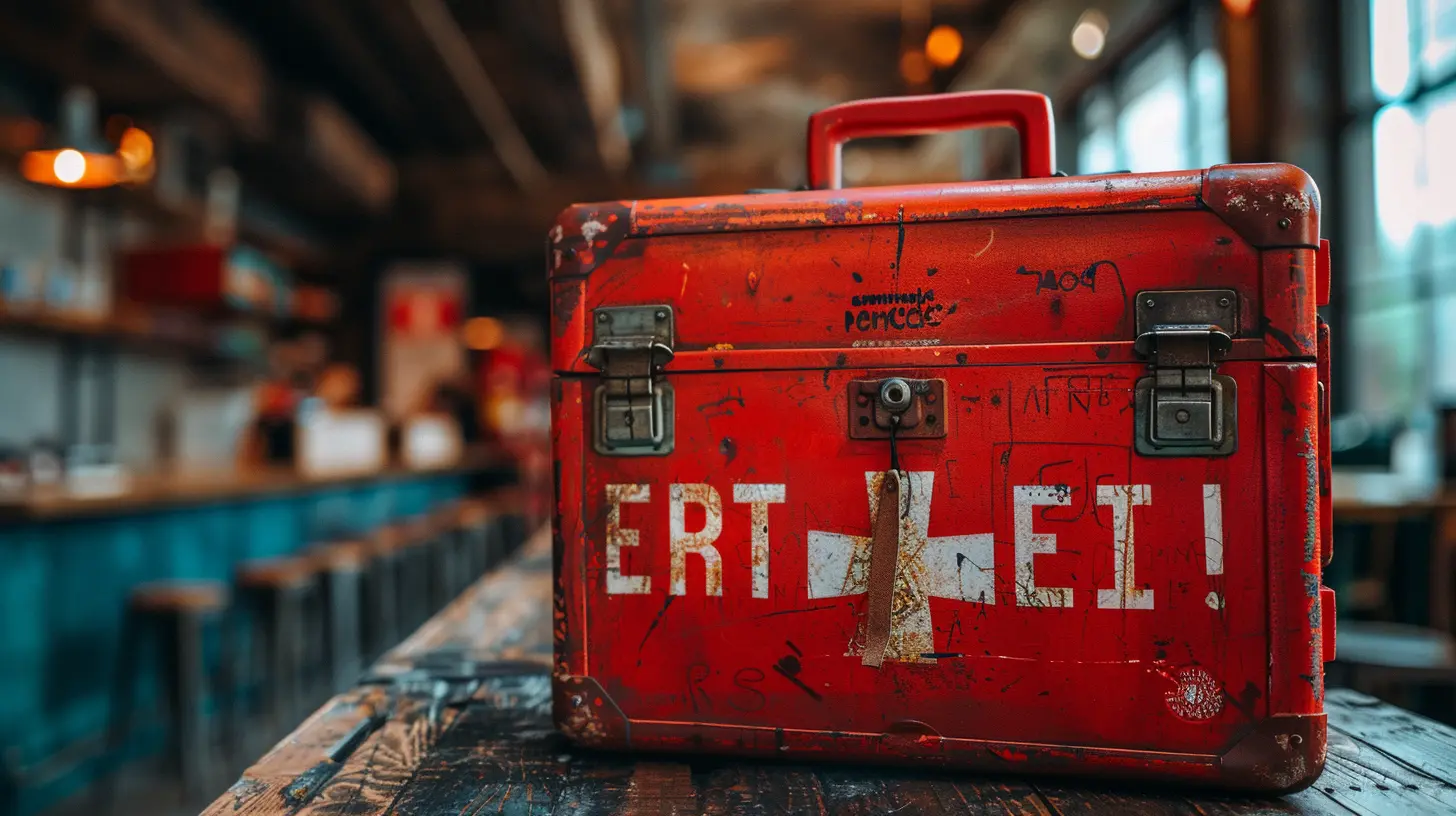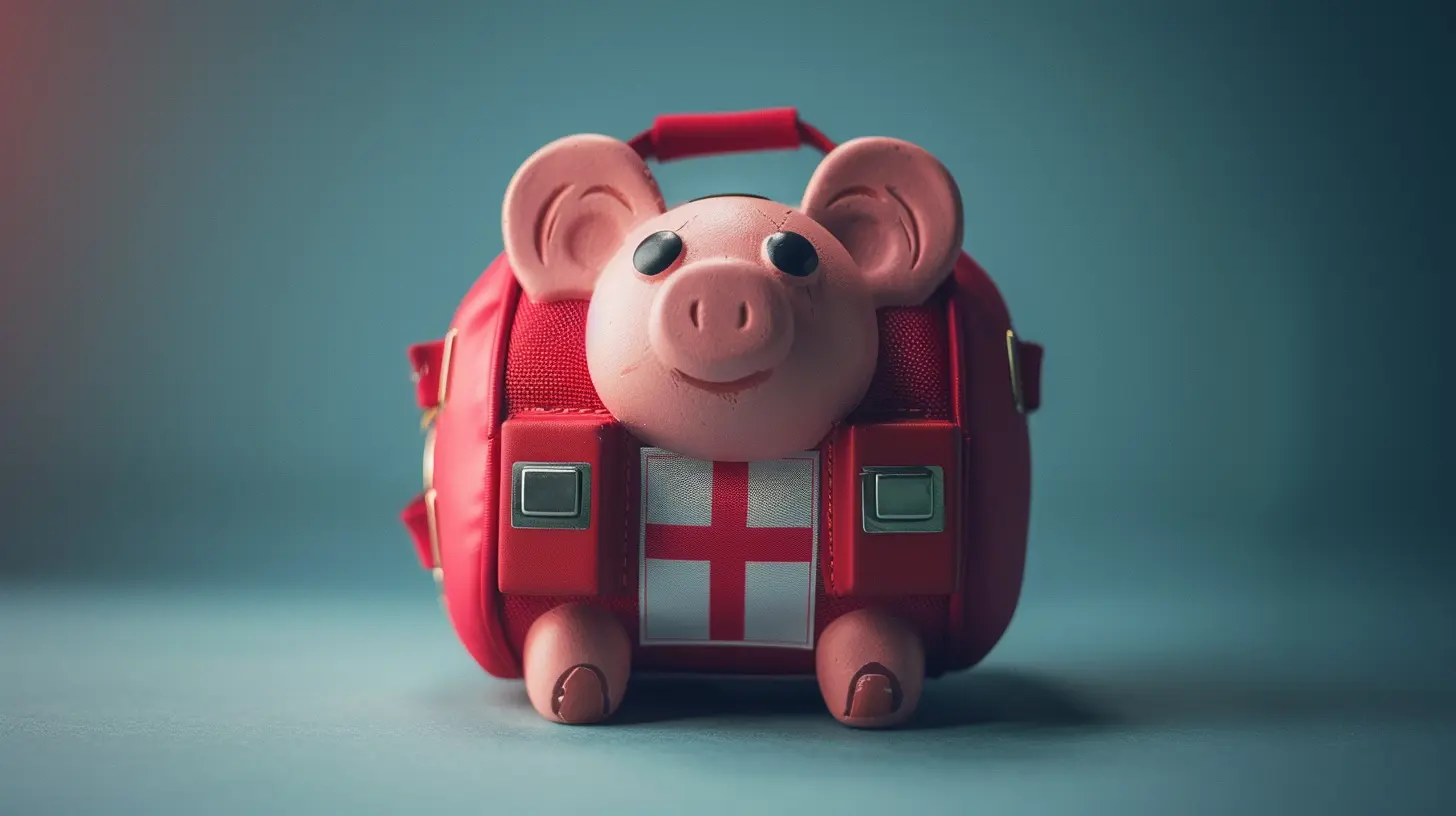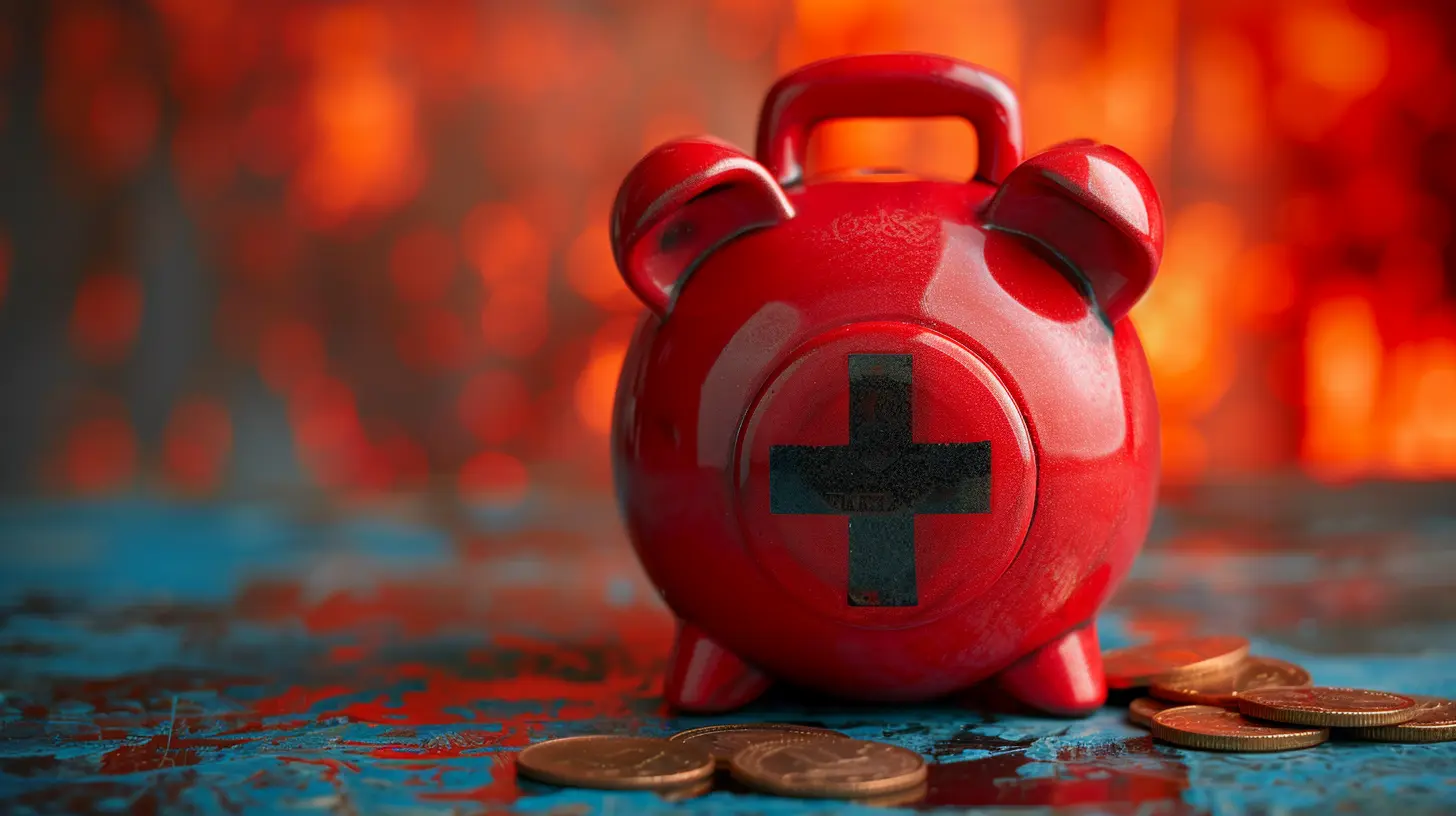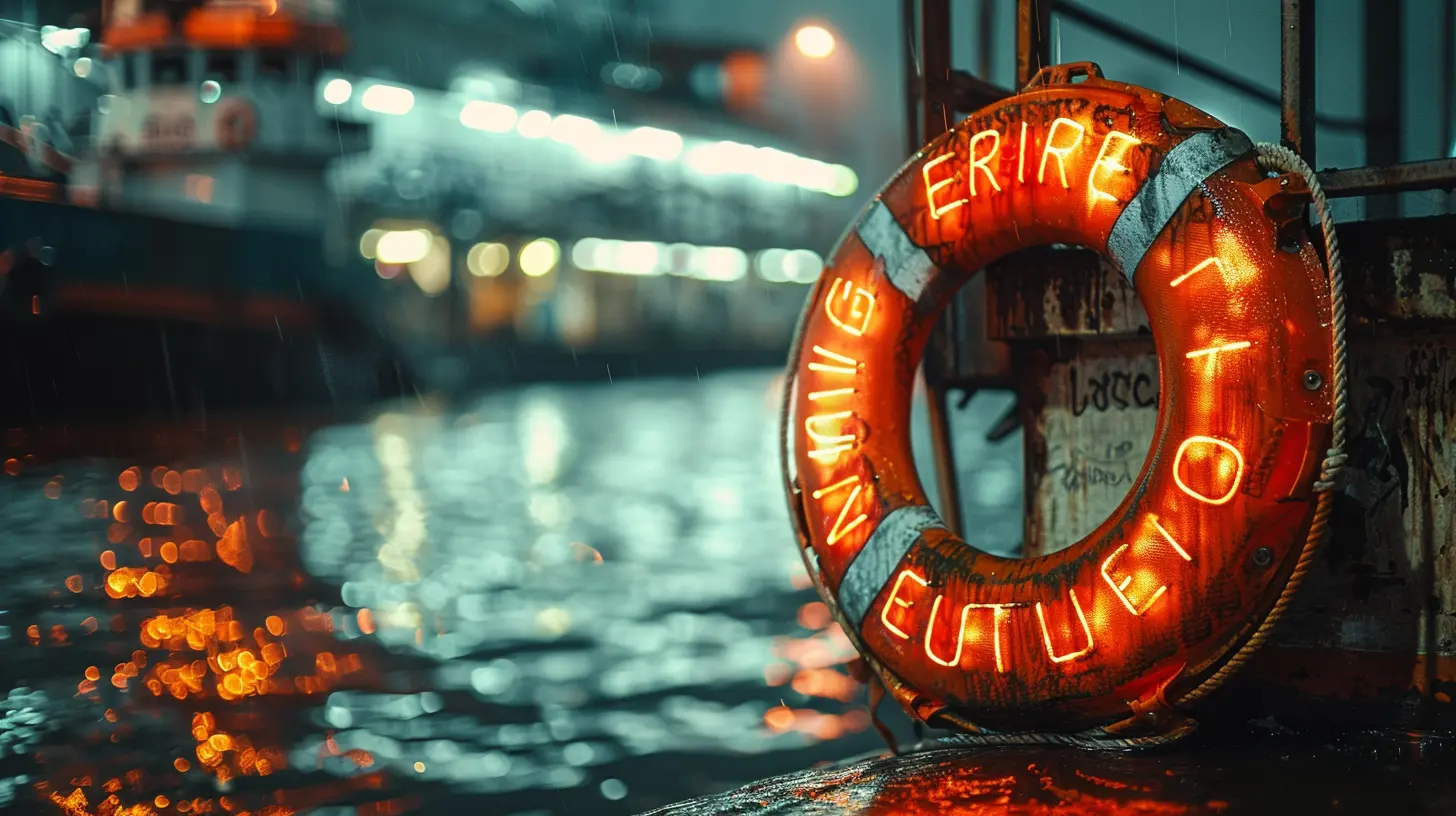Setting Realistic Goals for Your First Emergency Fund
28 August 2025
Let’s be real—saving money isn’t exactly the most exciting thing in the world. You’re not glowing up your Instagram feed with a screenshot of your savings account, right? But here’s the thing—we all need a safety net. Life throws curveballs when you least expect them: a flat tire, a sudden job loss, or unexpected medical bills. And that, my friend, is where your emergency fund steps in like a superhero without a cape.
Now, if you’re here reading this, chances are you’ve heard people shout from the rooftops, “Everyone needs an emergency fund!” But... how much do you really need? How do you actually make it happen? And how do you set goals that are realistic—not just pie-in-the-sky dreams?
Let’s break this whole emergency fund goal-setting thing down in plain English. No fluff. No jargon. Just real talk.
Why You Need an Emergency Fund
Before we jump into setting goals, let’s quickly chat about the “why.”Life is unpredictable. And when crap hits the fan (because it will), having a stash of money set aside is the difference between a small bump in the road and a full-blown financial crisis.
Here are a few reasons you desperately need one:
- Job loss: Nothing rocks your world like suddenly losing your income.
- Car or home repairs: That leaky roof or busted radiator won’t fix itself.
- Medical emergencies: Insurance doesn’t always cover everything.
- Unexpected travel: Family emergencies have no regard for your bank balance.
In short, an emergency fund is financial peace of mind in a crisis. It helps you sleep at night. And trust me, future-you will thank you.
How Much Should Be in Your First Emergency Fund?
Okay, so let’s talk numbers. The internet’s flooded with advice, but some of it can feel... overwhelming. “Save three to six months’ worth of expenses,” they say. Sounds great, but if you’re living paycheck to paycheck, that might seem laughable.So here’s a better approach: start where you are.
Step 1: Aim for a Mini-Emergency Fund First
Instead of stressing over thousands of dollars, start with a mini-goal. Something achievable like:- $500 if you have very limited income or high expenses
- $1,000 if you want a bit more peace of mind
This small win creates momentum. It’s like getting your first rep in at the gym before trying to bench 200 lbs.
Step 2: Gradually Build to 3–6 Months of Expenses
Once your mini fund is in place, you’re ready to level up. Now, look at your monthly essential expenses (just the must-haves like rent, groceries, bills—not Netflix or DoorDash).Let’s say your essentials total $2,000/month. Then:
- 3 months of expenses = $6,000
- 6 months of expenses = $12,000
But hey, don’t panic. You’re not trying to save that overnight. Break it down and treat it like a long game.
Breaking Down Realistic Goals (That You Can Actually Hit)
Let’s say you want to save $1,000 as your first emergency fund target. That might still sound like a lot—especially if your bank account is looking a little sad right now.But here’s the secret sauce: break big goals into bite-sized chunks.
Example: Saving $1,000 in 10 Months
Let’s do some math:- $1,000 ÷ 10 months = $100/month
- That’s about $25 per week
Can you skip a few Starbucks runs or order takeout one less time a week? Boom—now you’ve got that extra $25.
It’s not about making massive sacrifices. It’s about small, consistent habits that stack up over time like Lego bricks.
Set SMART Goals for Your Emergency Fund
Ever heard of SMART goals? It’s a cheesy acronym, but it works. Let’s apply it to your emergency fund.1. Specific – “I want to save $1,000 in 10 months.”
2. Measurable – You can track progress monthly or weekly.
3. Achievable – $100/month is doable even on a tight budget with minor adjustments.
4. Relevant – This goal ties directly into your financial stability.
5. Time-bound – With a 10-month deadline, you’ve got a clear time frame.
Now that’s a real plan—not just wishful thinking.
Where Should You Keep Your Emergency Fund?
You're not sticking this cash in a shoebox under your bed, okay?You want it somewhere:
- Safe — Protected from market swings
- Liquid — Easy to access in an emergency
- Separate — So you're not tempted to spend it
Top options:
- High-yield savings account – Best for earning interest while keeping funds accessible- Money market account – Similar to a savings account but may have better returns
- Cash management account – Offered by some investment platforms and combines checking and savings features
Rule of thumb? If you can access it too easily, you might spend it—not save it. So keep it just out of reach, but not locked away.
Tips and Tricks to Build Your Fund Faster
Let’s get scrappy. Here are some super practical ways to turbocharge your savings, even if you’re not rolling in dough.1. Automate Your Savings
Set up automatic transfers to a separate savings account every payday. Start with $25 or $50. You won’t miss it if it’s gone before you see it.2. Use Windfalls Wisely
Got a bonus, tax refund, or birthday cash? Toss a chunk into your emergency fund before it disappears on impulse purchases.3. Cut Back (Temporarily)
Cancel that subscription you haven’t used in months. Make coffee at home. Cook dinner twice a week instead of ordering in.4. Sell Stuff
Got clothes, gadgets, or furniture gathering dust? Turn them into cash with apps like Facebook Marketplace or Poshmark.5. Side Hustle for a Bit
Drive for Uber. Freelance. Babysit. Whatever brings in extra cash—consider it emergency-fund fuel.Staying Motivated: Celebrate Small Wins
Saving money isn’t sexy. So you need something to keep you going when motivation wanes.Here’s what helps:
- Set mini-milestones – Celebrate hitting $100, $250, $500, etc.
- Track your progress visually – Use a chart, app, or savings jar
- Reward yourself – Give yourself a little treat every time you hit a mini-goal (just don’t blow the whole fund on it)
Remember, this isn’t about being perfect—it’s about being consistent.
Common Mistakes to Avoid
We’re all human. Let’s steer clear of these common emergency fund missteps:❌ Treating it like a generic savings account
Don’t dip into your emergency fund for non-emergencies like vacations or concert tickets. That totally defeats the purpose.❌ Not adjusting your savings as your life changes
Got a raise? New expenses? Tweak your goal and monthly contributions accordingly.❌ Waiting for the “perfect” time to start
Spoiler: there’s never a perfect time. Start now, even if it’s just with $10.When Should You Use Your Emergency Fund?
Let’s define “emergency,” shall we?- Actual emergencies: Medical bills, car breakdowns, job loss, major home repairs
- Not emergencies: A last-minute sale at your favorite store, a weekend getaway, or a new phone because yours is “kinda old”
If you’re unsure, ask yourself: “Is this something urgent, unexpected, and necessary?”
If the answer is no, keep your paws off the fund.
What’s Next After You Hit Your Goal?
Let’s say you saved your first $1,000. High five! 🖐 Now what?Here’s the move:
1. Keep going – Start working toward 3–6 months of expenses.
2. Set new financial goals – Maybe pay off debt, start investing, or save for a big purchase.
3. Maintain the fund – Whenever you dip into it for a real emergency, replenish it ASAP.
Think of your emergency fund like a fire extinguisher—it’s great to have around, but hopefully, you’ll rarely need it.
Final Thoughts
Building your first emergency fund might not be flashy, but it’s one of the smartest money moves you'll ever make. It’s your financial security blanket, your safety net, your “oh crap” cushion.So don’t wait for things to go sideways. Start small. Keep it realistic. Celebrate progress. And build the habit that could seriously save your butt one day.
Because when life surprises you (and trust me, it will), you’ll be so glad you were ready.
all images in this post were generated using AI tools
Category:
Emergency FundAuthor:

Knight Barrett
Discussion
rate this article
1 comments
Reagan McManus
Building your emergency fund is a powerful step—start small, stay consistent, and thrive!
September 7, 2025 at 12:58 PM

Knight Barrett
Thank you for your support! Starting small and being consistent truly makes a difference in building a solid emergency fund.


